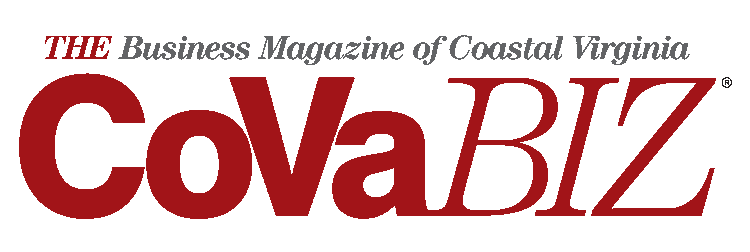By Ross Morgan, Portsmouth & REFG President, TowneBank
TowneBank is committed to providing top notch member service and we pride ourselves on being able to respond as quickly as possible to our members’ needs. To help deliver on our commitment, we’ve incorporated many emerging technologies in the underwriting, approval, documentation, and servicing procedures related to our commercial construction and land development lending process.
While all types of lending carry risk, commercial construction and land development loans remain two of the riskier loan types for banks. While we may not rely on technology to ultimately tell us whether to make a loan or not, we do rely heavily on the information provided by technology to help guide us in our decisions.
On the underwriting side, we’ve seen tremendous growth in the availability of geospatial data on the underlying real estate being evaluated. While ownership, site size and assessed values have been available for many years, we now have additional access to information provided through municipal geographic information systems.
We can view the subject site and surrounding areas through satellite imagery, find the current zoning, and even learn where a particular project stands in the rezoning approval process.

At Top: TowneBank
Churchland. Above:
Ross Morgan
Banks often rely on third-party reports to provide up-to-date market data, such as rental and occupancy rates for commercial or multi-family projects, as well as sales prices and absorption rates for our land development projects. With greater data availability, reports that historically came out annually are now updated semi-annually, quarterly, or even monthly. Given the complexity around these types of projects, access to this information allows our bankers to move through our underwriting process at a much quicker pace.
On the loan approval side, TowneBank is expanding the use of our automated loan origination system to include new commercial construction and land development requests. The system allows greater efficiency by eliminating redundant processes, standardizing procedures, and providing greater transparency for those evaluating the requests, ultimately allowing us to respond to our members faster.
Documenting loan files for these types of projects is critical for any bank from both a regulatory and safety standpoint. Maintaining accurate draw files during the project’s lifecycle, helps ensure that our projects are performing as expected.
We’re in the process of evaluating new platforms such as Built loan origination software, that will help automate this process to enhance the member experience while increasing our efficiency. As members request draws, inspectors and title companies receive direct notifications without the bank as the go-between. In addition, all inspection results and title updates are stored automatically, keeping the record up-to-date for management review of project performance.
Overall, technology enables a smoother experience for commercial construction and land development financing, and TowneBank will continue to look for opportunities to enhance our members’ experience in this area.


